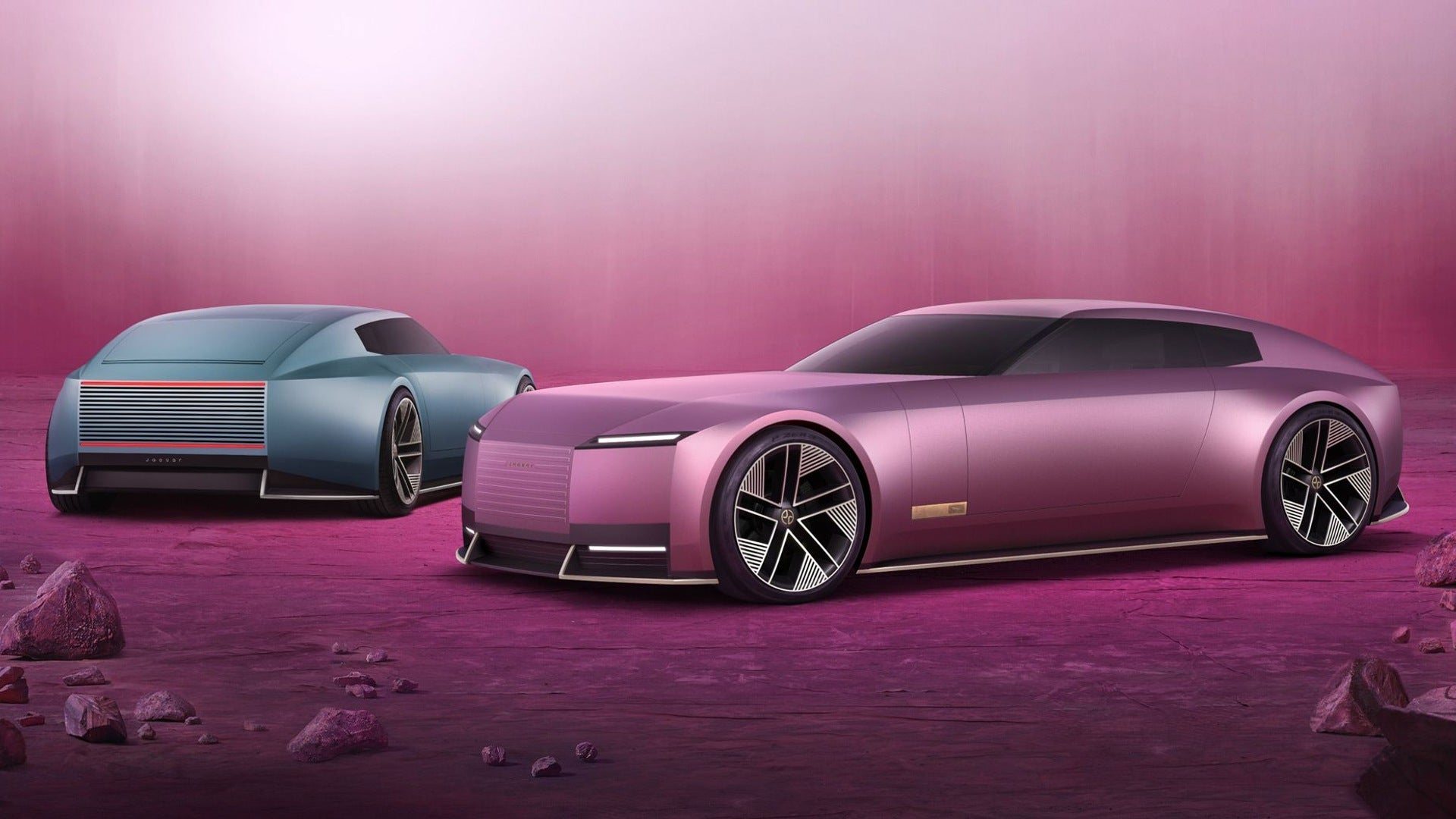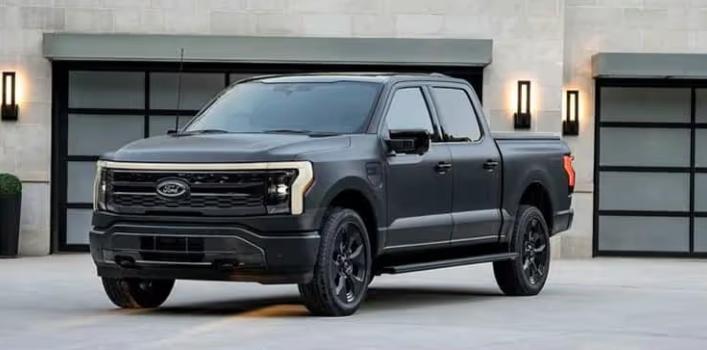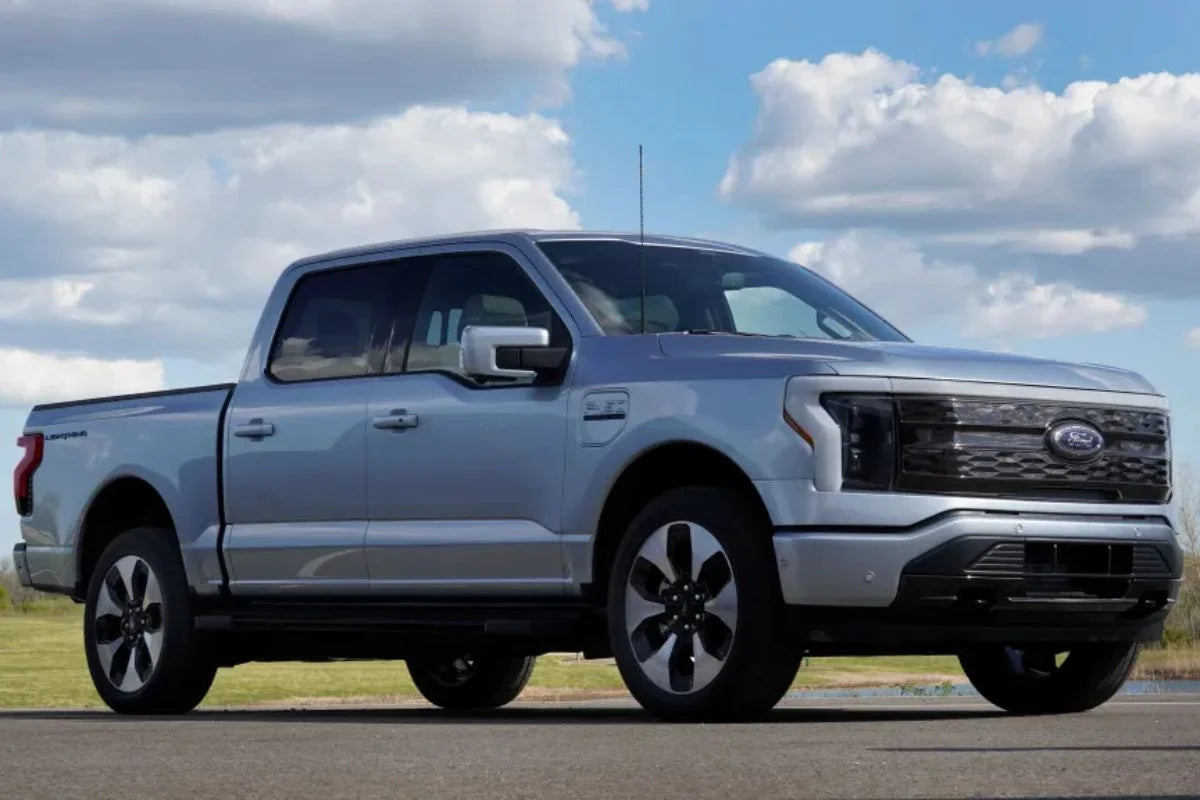Einführung
Elektrofahrzeuge (EVs) entwickeln sich immer mehr zu mehr als bloßen Transportmitteln. Technologien wie V2L (Vehicle-to-Load) verändern unsere Denkweise über den Stromverbrauch. V2L ermöglicht es einem Elektrofahrzeug, als mobile Stromquelle zu fungieren und externe Geräte mit Strom zu versorgen. Diese innovative Funktion wird zunehmend in neue Elektrofahrzeugmodelle integriert, insbesondere in Märkten wie Asien, Europa und Nordamerika, wo Energieausfallsicherheit und Notfallvorsorge immer wichtiger werden.
Dieser Artikel bietet einen umfassenden Leitfaden zu V2L und erklärt die Funktionsweise, die praktischen Anwendungen, Vorteile und Einschränkungen sowie den Vergleich mit verwandten Technologien wie V2G (Vehicle-to-Grid) und V2H (Vehicle-to-Home) .
Was ist V2L?
V2L steht für Vehicle-to-Load , eine Technologie, die es Elektrofahrzeugen ermöglicht , Strom aus ihren Akkus zu entladen, um externe Geräte zu betreiben . Diese Funktion verwandelt ein Elektrofahrzeug im Wesentlichen in eine große mobile Powerbank, die alles von Laptops und Campingausrüstung bis hin zu Kühlschränken und Elektrowerkzeugen mit Strom versorgen kann.
Anders als Vehicle-to-Grid (V2G), das Strom in das Stromnetz zurückspeist, oder Vehicle-to-Home (V2H), das den Energiebedarf von Privathaushalten deckt, ist V2L für die direkte, tragbare und netzunabhängige Stromversorgung konzipiert.

Wie funktioniert V2L?
Die V2L-Funktionalität hängt sowohl von der internen Hardware des Elektrofahrzeugs als auch von externen Komponenten wie einem V2L-Adapter oder integrierten Wechselstromsteckdosen ab. Hier ist eine Übersicht über die Funktionsweise:
-
Wechselrichterintegration : Mit V2L ausgestattete Elektrofahrzeuge verfügen über eingebaute Wechselrichter, die Gleichstrom aus der Batterie in mit Haushaltsgeräten kompatiblen Wechselstrom (normalerweise 120 V oder 230 V) umwandeln.
-
Steckdosen : Einige Fahrzeuge verfügen über integrierte Wechselstromsteckdosen (in der Kabine oder im Kofferraum), während andere einen externen V2L-Adapter verwenden, der an den Ladeanschluss angeschlossen ist.
-
Laststeuerung : Die meisten Systeme bieten Sicherheitsfunktionen und Leistungsbegrenzer, die je nach Elektrofahrzeugmodell normalerweise auf 1,5 kW bis 3,6 kW begrenzt sind.
Reale Anwendungen von V2L
Die Flexibilität von V2L eröffnet zahlreiche Anwendungsfälle im täglichen Leben, in der Notfallvorsorge und bei Outdoor-Aktivitäten:
-
Camping und Outdoor-Events : Versorgen Sie Ihren Elektrogrill, Ihre Kaffeemaschine, Ihre Lampen oder sogar einen Projektor mit Strom.
-
Baustellen : Betreiben Sie kleine Elektrowerkzeuge in netzunabhängigen Umgebungen.
-
Katastrophenhilfe und Notfall-Backup : Versorgen Sie Haushalte, medizinische Geräte oder Kommunikationsgeräte bei Stromausfällen vorübergehend mit Strom.
-
Mobiles Geschäft : Food Trucks oder mobile Dienstleister können ihre Ausrüstung direkt vom Elektrofahrzeug aus betreiben.

Vorteile von V2L
-
Energieunabhängigkeit : Bietet netzunabhängigen Zugang zur Stromversorgung, egal wo das Fahrzeug hinfährt.
-
Kostengünstige Sicherung : Reduziert die Abhängigkeit von Dieselgeneratoren oder sperrigen Batteriepaketen.
-
Katastrophenvorsorge : Eine zuverlässige Stromquelle bei Netzausfällen oder Naturkatastrophen.
-
Umweltfreundlich : Verwendet saubere, in Batterien gespeicherte Energie, insbesondere wenn sie aus erneuerbaren Quellen aufgeladen wird.
V2L vs. V2H vs. V2G
| Besonderheit | V2L (Vehicle-to-Load) | V2H (Vehicle-to-Home) | V2G (Vehicle-to-Grid) |
|---|---|---|---|
| Leistungsziel | Geräte und Werkzeuge | Komplette Hausstromkreise | Stromnetz |
| Leistungsfluss | EV → Gerät | EV ↔ Startseite | EV ↔ Netz |
| Infrastruktur | Minimal (Steckdose oder Adapter) | Erfordert Heimwechselrichter + Einrichtung | Erfordert ein bidirektionales Ladegerät |
| Anwendungsfall | Tragbar, kurzfristig | Energiemanagement für Wohngebäude | Netzausgleich und Energieweiterverkauf |
Alternativtext: Vergleichstabelle mit den wichtigsten Unterschieden zwischen V2L, V2H und V2G, einschließlich Stromrichtung, Infrastrukturanforderungen und typischen Anwendungen.
Welche Elektrofahrzeuge unterstützen V2L?
Ab 2025 unterstützen mehrere EV-Modelle V2L entweder nativ oder mit Zubehör:
-
Hyundai IONIQ 5 / IONIQ 6
-
Kia EV6 / EV9
-
MG4 / MG ZS EV
-
Genesis GV60
-
BYD Atto 3 / Tang
V2L-Verfügbarkeit und -Leistung können je nach Region und Ausstattungsvariante variieren.
Einschränkungen von V2L
V2L ist zwar vielversprechend, weist jedoch auch Einschränkungen auf:
-
Begrenzte Leistungsabgabe : Unzureichend für Geräte mit hohem Stromverbrauch wie zentrale Klimaanlagen oder Elektroöfen.
-
Batterieentladung : Längerer V2L-Einsatz verringert die Reichweite.
-
Nicht universell : Erfordert kompatible Fahrzeuge und oft einen proprietären Adapter.
-
Witterungseinflüsse : Bei der Verwendung von V2L-Anschlüssen im Freien sind möglicherweise Wetterschutzmaßnahmen oder ein Schutz erforderlich.
Zukunft der V2L-Technologie
Es wird erwartet, dass sich V2L wie folgt weiterentwickelt:
-
Höhere Ausgabekapazitäten : Ermöglicht leistungsstärkere Werkzeuge und längere Laufzeit.
-
Standardisierte Konnektoren : Verbesserung der markenübergreifenden Kompatibilität.
-
Integration mit Solarenergie und Speicherung : Erstellen mobiler Mikronetze für Arbeiten im Freien und abgelegene Gebiete.
-
KI-gesteuertes Energiemanagement : Optimierung der Laststeuerung basierend auf Batteriezustand und Nutzungsmustern.
Abschluss
Vehicle-to-Load definiert die Möglichkeiten von Elektrofahrzeugen über den reinen Transport hinaus neu. Ob Sie netzunabhängig campen, sich auf Notfälle vorbereiten oder Werkzeuge vor Ort mit Strom versorgen – V2L bietet eine flexible und nachhaltige Lösung. Da Automobilhersteller diese Funktion kontinuierlich in neue Modelle integrieren, wird V2L eine immer wichtigere Rolle dabei spielen, Elektrofahrzeuge vielseitiger, funktionaler und im Alltag wertvoller zu machen.
Infografik









Aktie:
Was ist V2H? Vehicle-to-Home-Energietechnologie verstehen
Warum billige NEMA 14-50-Steckdosen eine Brandgefahr für das Laden von Elektrofahrzeugen darstellen – und wie Sie die richtige auswählen